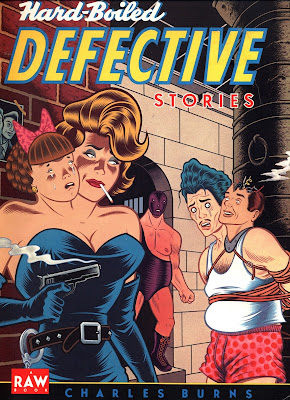Friday, December 17, 2021
Hard-Boiled Defective Stories
Tuesday, December 14, 2021
The Magic Goes Away graphic novel
Friday, December 10, 2021
Cruising by Nesmith
Book Review: Counting the Cost
Tuesday, December 7, 2021
Tapestry of Blood
Saturday, December 4, 2021
Book Review: Atrocity Week
Wednesday, December 1, 2021
Kull the Savage omnibus
Marvel, November 2021
Sunday, November 28, 2021
Vintage UK Sci-fi Ads and Stores
Vintage UK Sci-fi Ads and Stores
Everyone remembers the geek store(s) where they went to get their comics and sci-fi paperbacks when they were young and first discovering the genre. For me, growing up in Upstate New York, it was at first a mixture of various pharmacies and convenience stores, before graduating to regular trips to Gordon's Cigar Store and, in downtown Johnson City NY, 'Fat Cat Books'.
I only have to see a glimpse of the Brian Bolland artwork which used to adorn the plastic bags (and the associated t-shirt my dad bought me on one trip) and I’m straight back to the uneven wooden floor, the smell of pulp paper, the shafts of light streaming through the dust which hung in the air, and the vague unease of my mum as the till rang through each 75p I’d spent on the recent releases.
The Forbidden Planet store at 23 Denmark seems to have been the place to go back in the early 80s if you were a sci-fi fan in the London metropolitan area. It certainly had some great advertising support, such as a photo essay in which Torquemada, the archvillain from the 2000 AD comic 'Nemesis the Warlock', makes an in-store appearance:


















































































